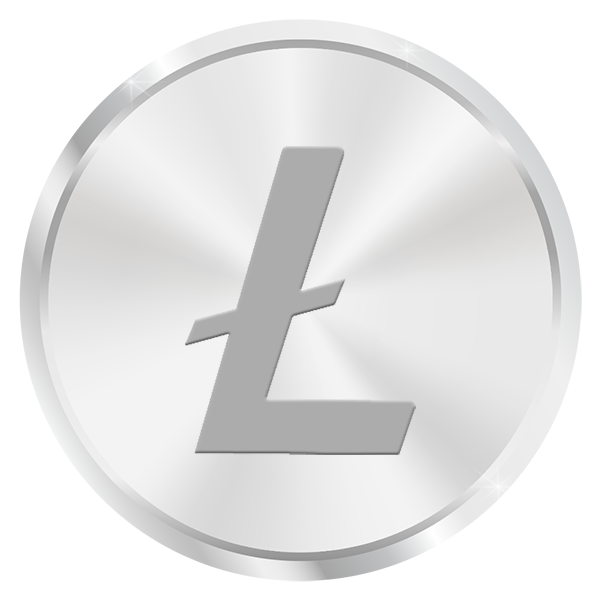Learn

Altcoins Explained: Evolving Alternatives to Bitcoin
What Are Altcoins?
Launched in 2011 as alternatives to Bitcoin and traditional currencies, altcoins aim to improve upon Bitcoin’s original design with features like faster transactions and greater efficiency. Today, thousands exist—each operating on its own decentralized blockchain to record secure, transparent transactions without the need for intermediaries.
The Key Types of Altcoins
The 5 Faces of Altcoins: Traits & Types
Altcoins come in several types, each designed with different use cases, technologies, or goals. Here are the main types of altcoins:
Fast, low-fee transactions—often used as digital cash.
Examples: Litecoin (LTC), Dogecoin (DOGE), Viacoin (VIA)
Fun, viral, and supported by large online communities.
Examples: Dogecoin (DOGE), Monacoin (MONA)
Offer enhanced anonymity and stealth features.
Examples: Verge (XVG), Feathercoin (FTC)
Support education, science, or charitable missions.
Examples: Einsteinium (EMC2)
Test new blockchain ideas or evolve existing ones.
Examples: Novacoin (NVC), Florincoin (FLO)
Crypto Mining: Basics, Costs, and Altcoin Insights
Crypto Mining 101: How It Works, What It Costs, and Why Altcoins Matter
What is Crypto Mining?
Crypto mining is the process of validating transactions on a blockchain using computational power, with miners earning rewards for their participation. Most cryptocurrencies rely on either Proof-of-Work (PoW) or Proof-of-Stake (PoS) systems to ensure network security and integrity.
Mining Costs and Rewards
Crypto mining comes with expenses such as hardware, electricity, and ongoing maintenance. In return, miners earn tokens for solving blocks, plus transaction fees contributed by network users.
How Altcoins Differ from Bitcoin?
While Bitcoin relies on the SHA-256 algorithm, altcoins use a range of others like Scrypt, X11, and Ethash. These alternative algorithms offer unique advantages—such as improved efficiency or resistance to specialized mining hardware (ASICs).
How Crypto Mining Works
Miners use high-powered computers to solve complex mathematical problems, a process that requires substantial electricity. In doing so, they help secure blockchain networks and earn financial rewards for maintaining that security.
Altcoin Mining
Altcoins such as Litecoin offer their own block rewards—for example, 12.5 LTC per solved block. These consistent rewards make altcoin mining a reliable source of ongoing profit.
Powering Profits with Proven Coins
The Leading Altcoins We Mine
Our mining operations focus on high-performing cryptocurrencies like Litecoin and Dogecoin—chosen for their stability, speed, and consistent profitability.
Designed as a faster, more efficient alternative to Bitcoin for everyday transactions.
Key Features:
• Launched in 2011 by Charlie Lee
• Uses Scrypt for mining
• 2.5-minute block times
• Up to 50 transactions/second
• 84 million coin supply
Purpose: Started as a meme-inspired cryptocurrency, now used for tipping content creators and charitable donations.
Key Features:
• Introduced in 2013 as a lighthearted alternative to Bitcoin.
• Employs the Scrypt algorithm.
• Unlimited supply ‐ 10,000 new coins mined every minute.
• Supported by a vibrant community & notable figures like Elon Musk
Altcoins on the Rise
How Altcoin Mining Offers Greater Flexibility, Profitability, and Innovation for Today’s Crypto Miners
From stronger profit potential to reduced risk through diversification, altcoins offer miners a dynamic, accessible, and innovative path in the evolving world of cryptocurrency.
Expanding Use Cases Through Innovation
Emerging tech such as smart contracts, DeFi, and NFTs are broadening how altcoins are used—fueling growth and driving continuous innovation across the crypto space.
Rising Market and Expanding Diversity
The crypto market grew from $20 billion in early 2017 to $3 trillion, while Bitcoin’s dominance fell from over 90% to around 40% by May 2023—highlighting the rapid rise and diversification of altcoins.
A Crowded and Competitive Altcoin Landscape
With over 10,000 altcoins in circulation and new ones launching regularly, the market remains dynamic. Leading contenders include Cardano, Dogecoin, Solana, Polkadot, and Avalanche.
Altcoin Mining Advantages
Altcoin mining is generally more accessible than Bitcoin’s, with lower competition, reduced difficulty, and less intensive hardware requirements—making it a strong option for smaller-scale miners.
Rising Profit Potential
Altcoin mining is becoming increasingly profitable, particularly with newer coins that offer low difficulty and strong growth prospects—often yielding higher ROI than Bitcoin through price appreciation.
Smart Diversification for Stability
Mining various altcoins helps reduce reliance on a single asset like Bitcoin. By adapting to market trends, miners can shift between coins to optimize profits and manage risk.

